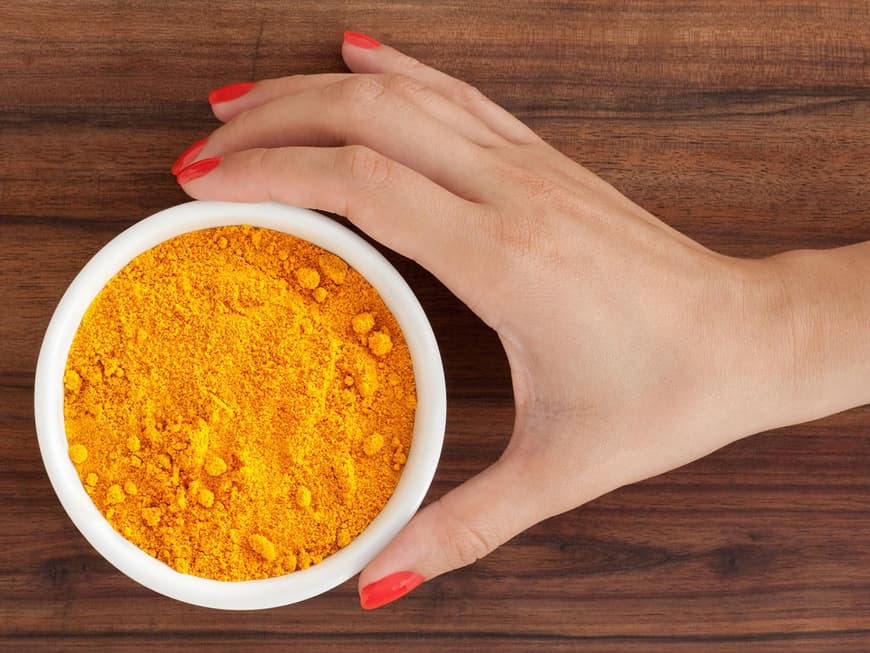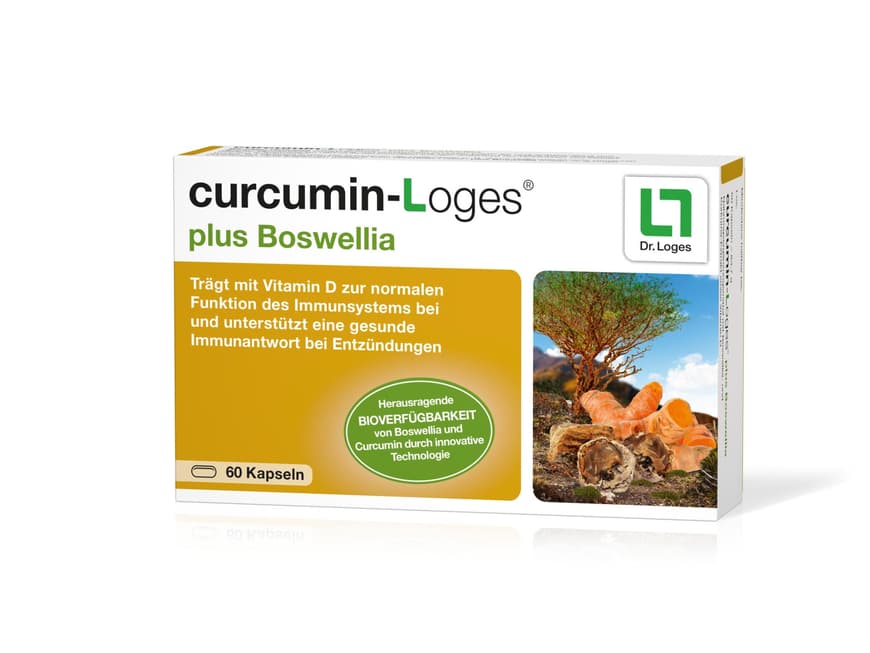It is also known as the "magic bulb" or "spice of life". Here in Germany, turmeric is simply called turmeric root - and it is the main ingredient in curry powder from the supermarket.
What the magic bulb can do
Curcumin is the name of the substance that is so healthy and gives the spice its rich yellow color. This substance is being studied again and again. With astonishing results: Laboratory tests have shown that curcumin has anti-cancer properties and prevents the deposition of very specific protein complexes in the brain. These protein complexes could be involved in the development of Alzheimer's disease. In modern medicine, the ingredient is also used for its anti-inflammatory properties and is now part of the medical guidelines for a complementary therapy to the standard treatment of ulcerative colitis, a chronic inflammatory bowel disease. A clinical study on knee osteoarthritis patients also showed that curcumin had a similar effect to ibuprofen.
Turmeric as a vitamin supplier
The digestive properties of turmeric have been known for years: its ingredients stimulate the liver to release more bile acids. These bind dietary fats and make them digestible. This alleviates flatulence and bloating. Turmeric is also a super source of iron, magnesium, manganese, vitamin B6 and copper.
The spice seems to be a real magic ingredient. However, curcumin is poorly soluble in water and can only be absorbed to a limited extent via the intestines. This is why turmeric tea is of little benefit.
Absorption of turmeric
Curcumin does enter the intestine together with dietary fats, making it somewhat easier to dissolve - but it is quickly excreted again via the liver. Pharmacies sell extracts that can be better utilized. In combination with boswellia, the positive effects of curcumin are even more potent. This is because the natural resin of frankincense trees also contains anti-inflammatory active ingredients. The curcumin and boswellia molecules in curcumin-Loges plus Boswellia (available in pharmacies) are incorporated into patented micelles, which are also found in our natural digestive processes. With their special surface, these micelles can pass through the intestinal wall much more easily. Compared to conventional extract powders, the bioavailability of curcumin is 185 times higher and that of boswellic acids 50 times higher.


